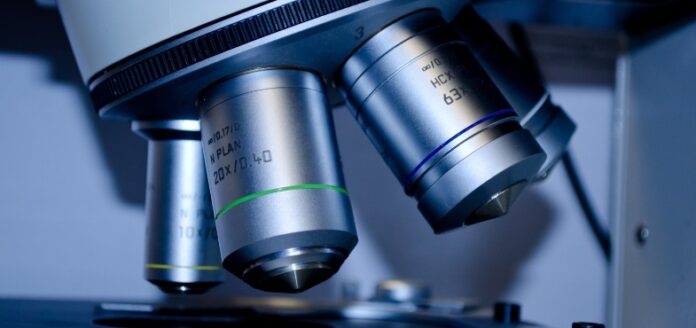Medical IoT devices are fundamentally reshaping how healthcare providers monitor and treat patients. These connected sensors and wearables transmit real-time health data to medical professionals, enabling faster diagnosis, personalized treatment, and better patient outcomes. The global Medical IoT market reached USD 105.54 billion in 2025 and is projected to grow at 28% annually through 2034, demonstrating rapid industry expansion.
What Are Medical IoT Devices?
Medical IoT devices encompass wearable monitors, smart implants, remote patient monitoring systems, and connected hospital equipment that collect and transmit patient data through integrated sensors and cloud platforms. Examples include continuous glucose monitors, smartwatches with ECG capabilities, connected infusion pumps, and respiratory tracking devices. These devices automatically capture vital signs such as heart rate, blood pressure, oxygen levels, and blood glucose, eliminating manual data entry and reducing errors.
Key Benefits of Medical IoT Devices
Medical IoT devices enable early detection of health deterioration through continuous monitoring, allowing physicians to intervene before conditions worsen. Remote patient monitoring reduces unnecessary hospital visits, lowering costs for both providers and patients. Furthermore, these devices improve medication adherence, a critical factor since medication non-compliance accounts for 50% of treatment failures and 25% of hospitalizations annually in the United States.
Real-World Impact
Medical IoT devices deliver measurable benefits across healthcare delivery. A Mount Sinai Heart Health program using remote monitoring reduced hospital readmission rates from 23% to 10%. Additionally, patients using such devices for cardiovascular monitoring experienced fewer heart failure hospitalizations compared to standard care recipients.
Challenges in Implementation
Despite their promise, Medical IoT faces obstacles including data security concerns, integration complexities with existing hospital systems, and regulatory compliance requirements such as HIPAA compliance. Healthcare organizations must ensure patient privacy while maintaining the connectivity that makes them effective.
Medical IoT devices represent the convergence of healthcare and technology, shifting medicine from reactive hospital-based treatment toward proactive, patient-centered prevention. Healthcare organizations adopting these technologies today position themselves to deliver superior outcomes while reducing operational costs. For more content, visit The Technology Square.

